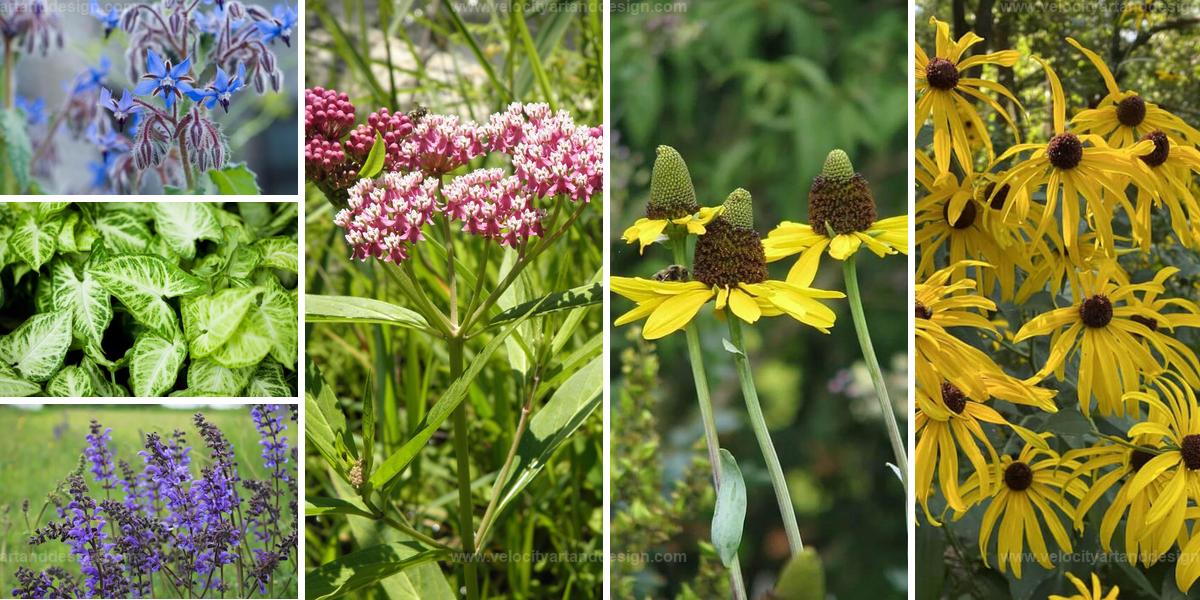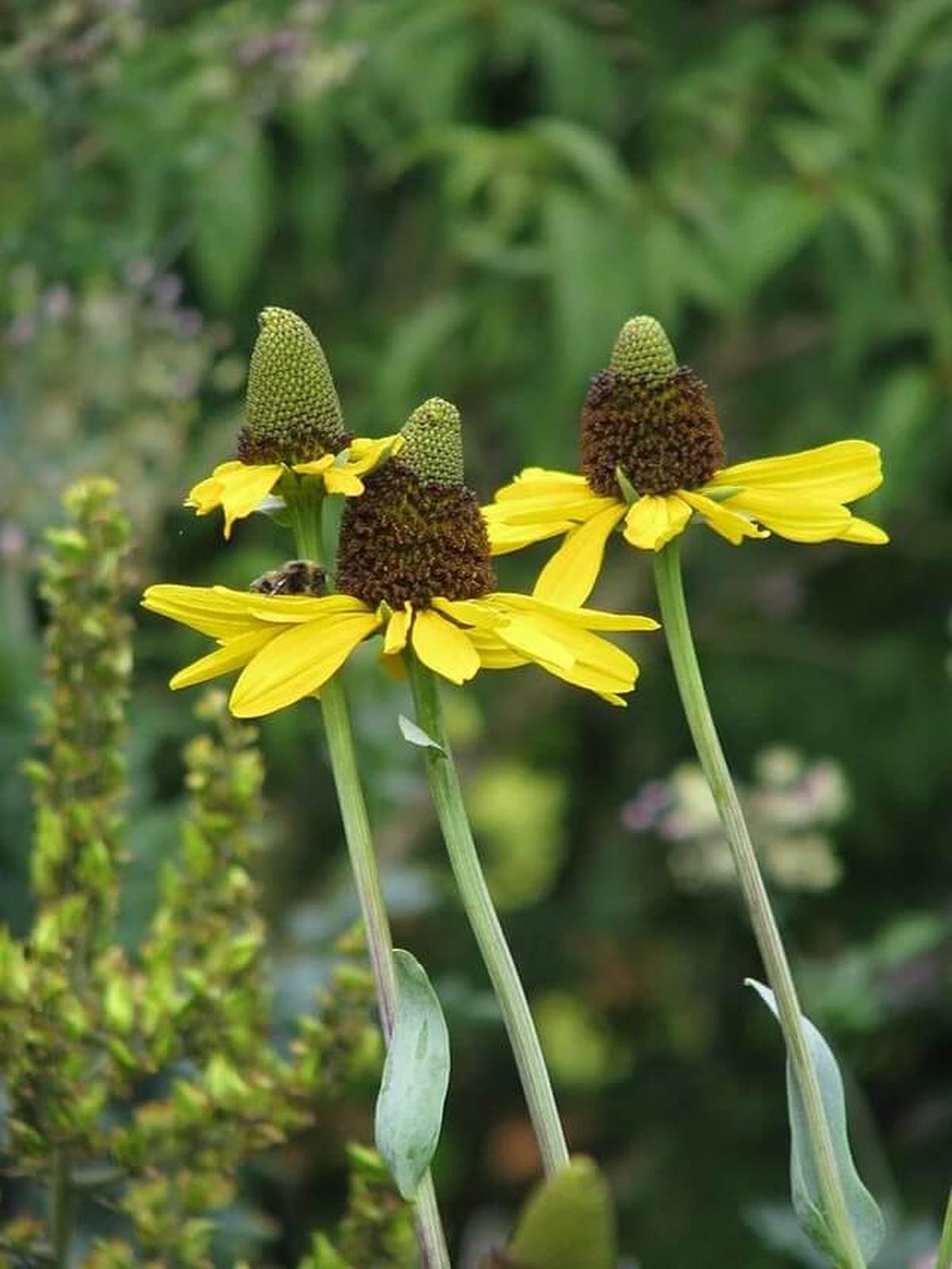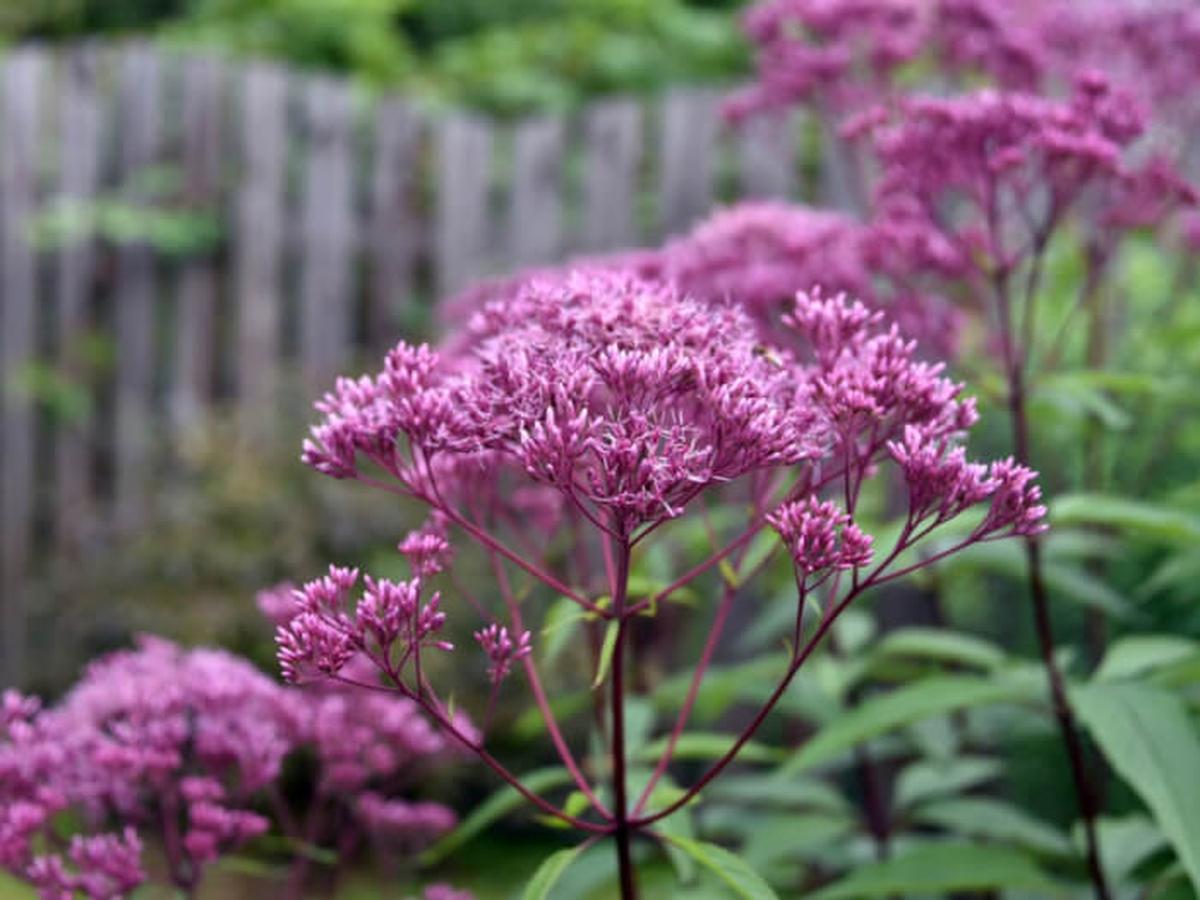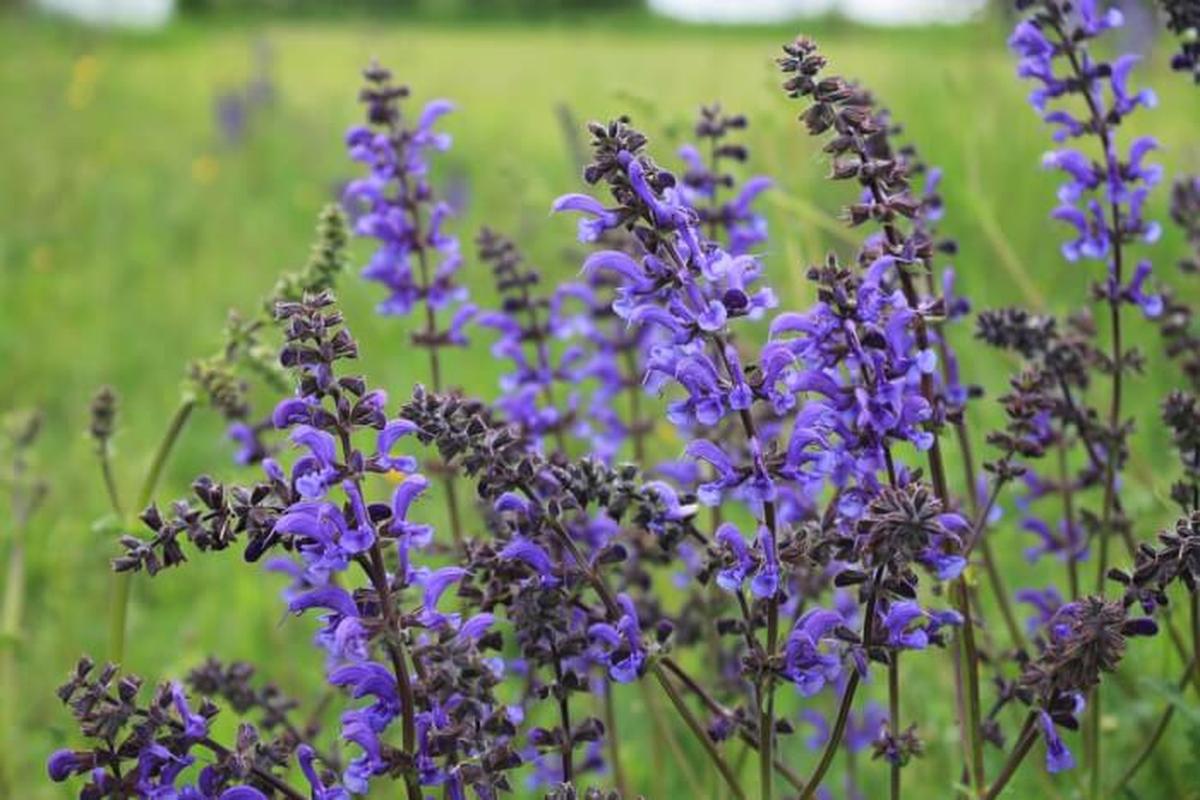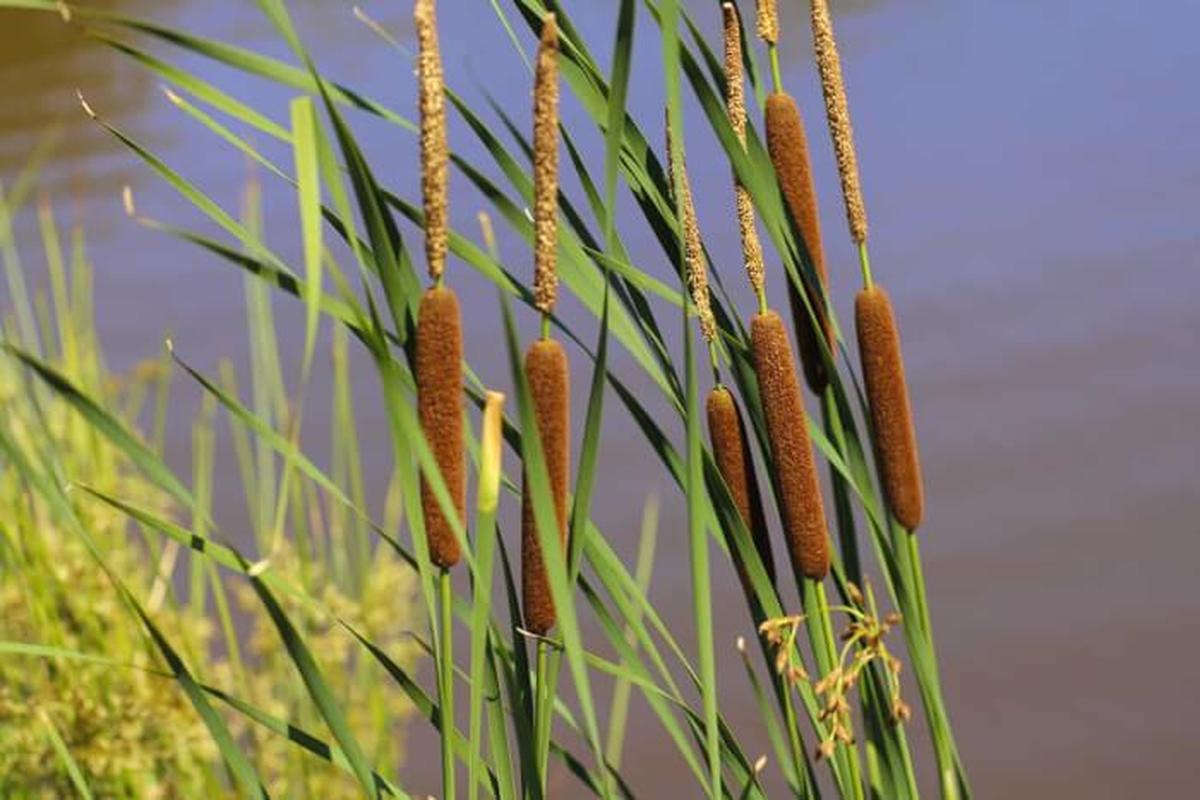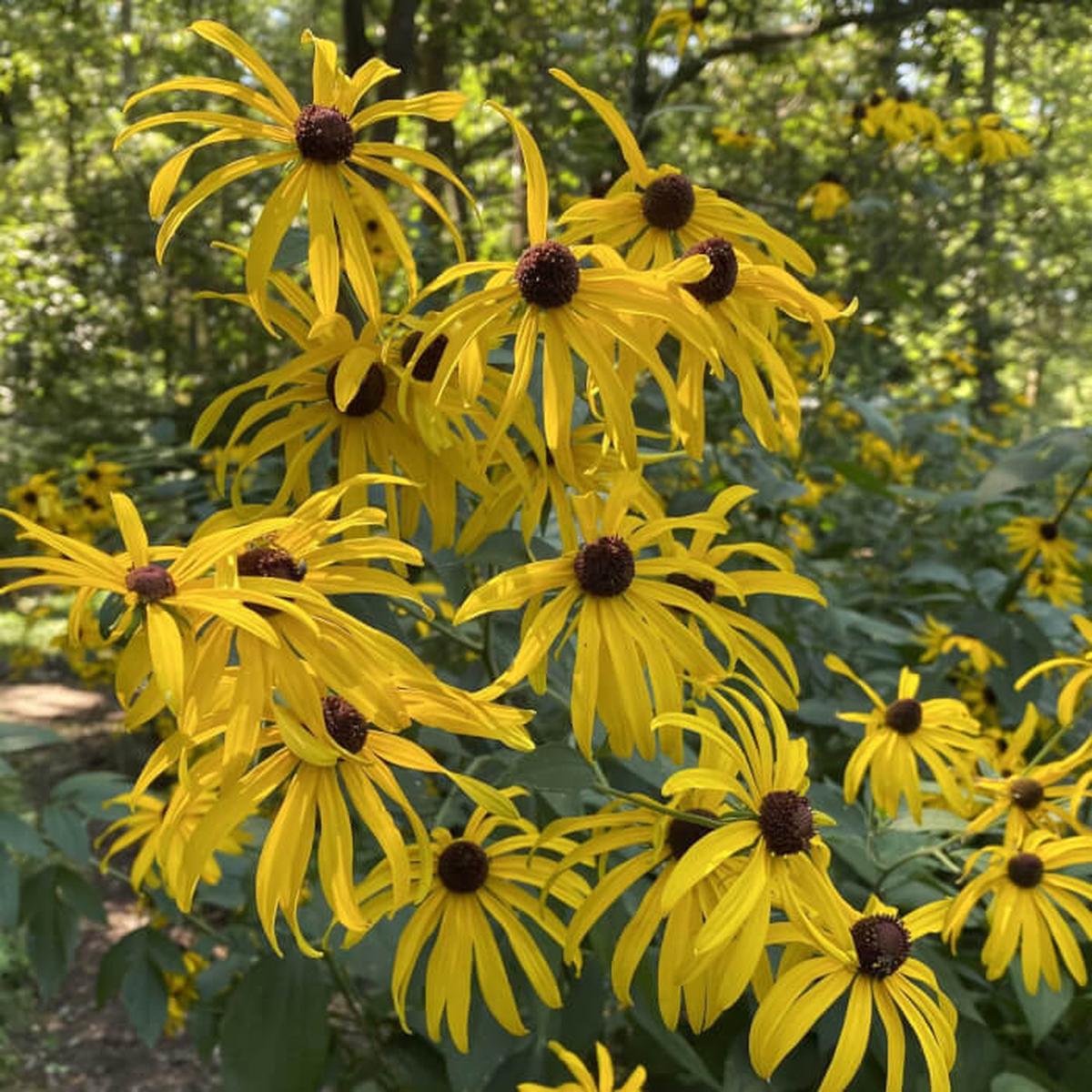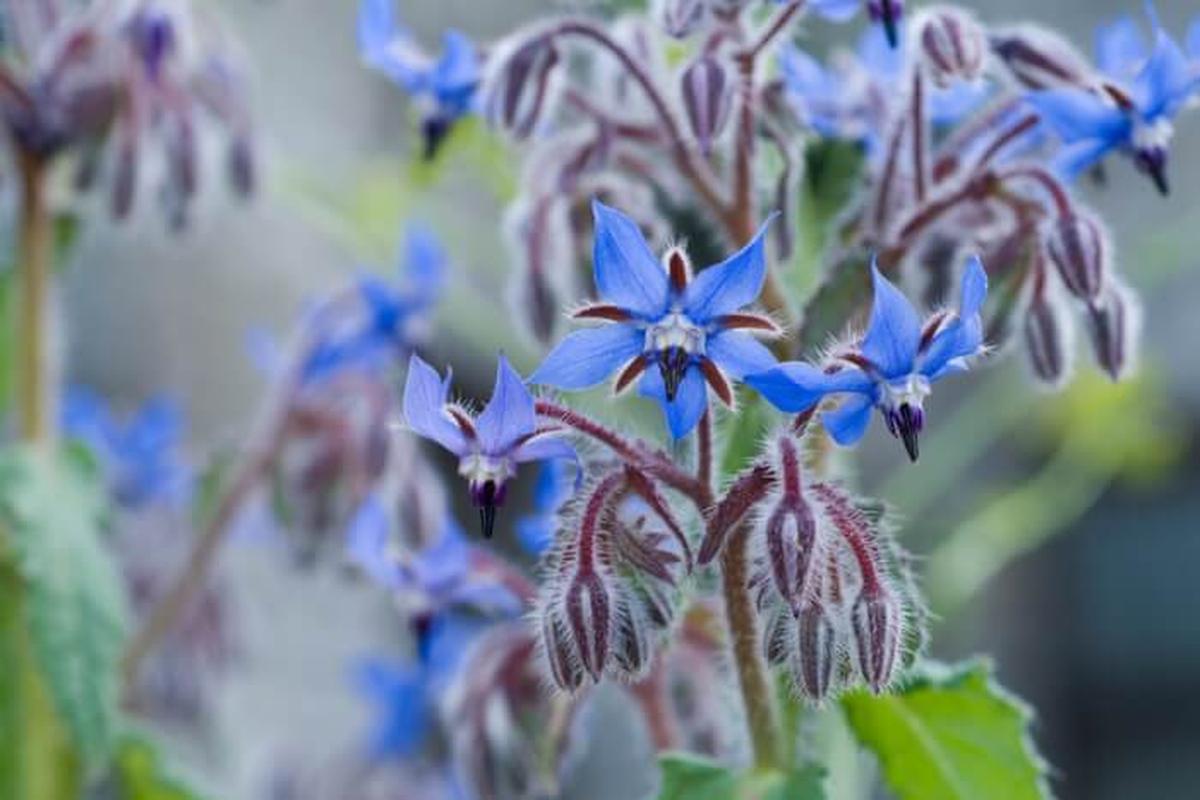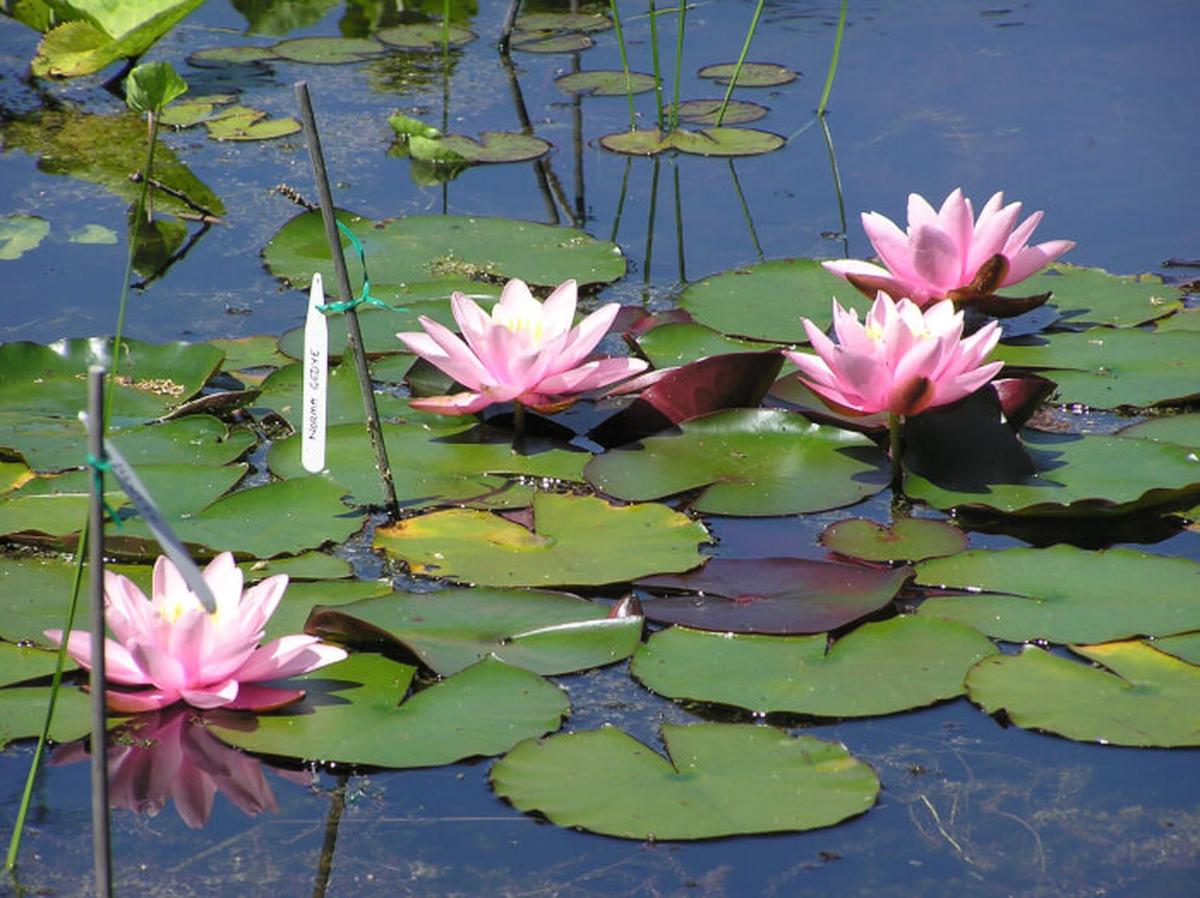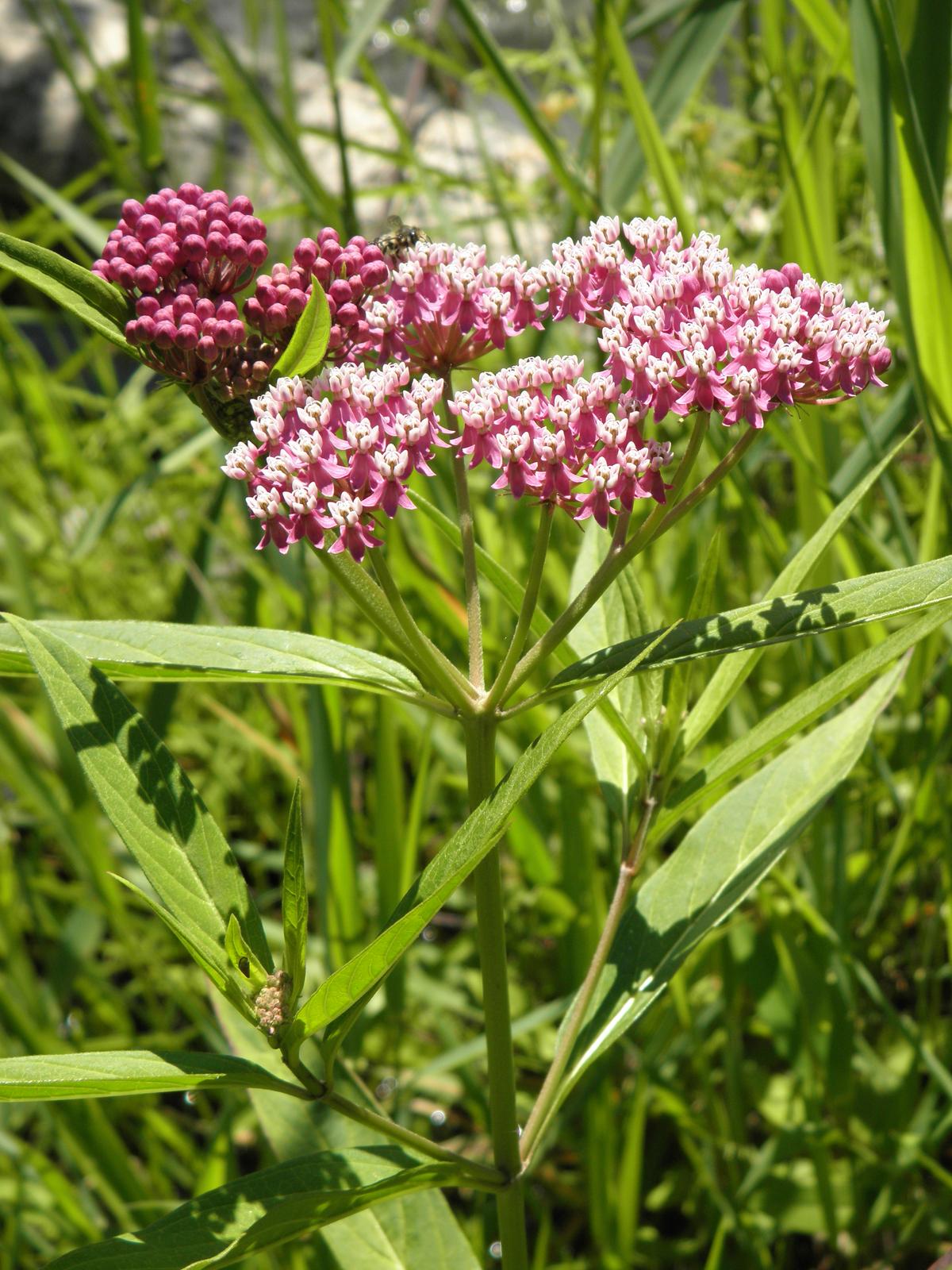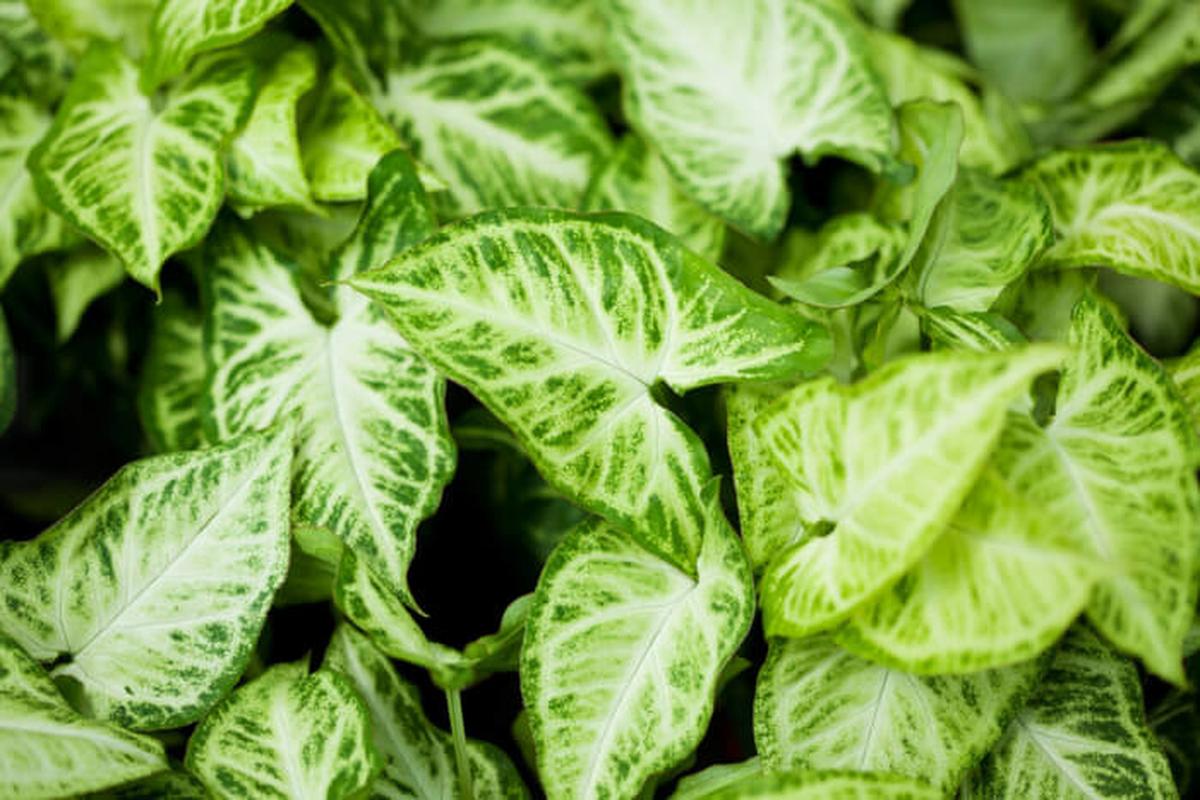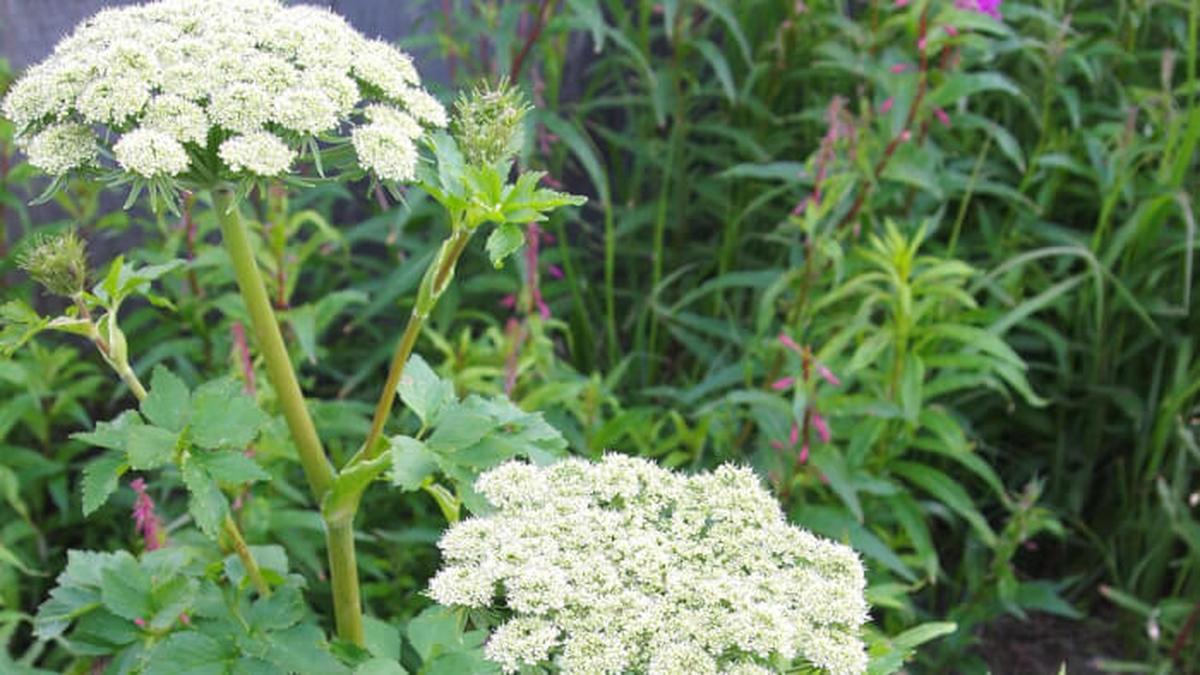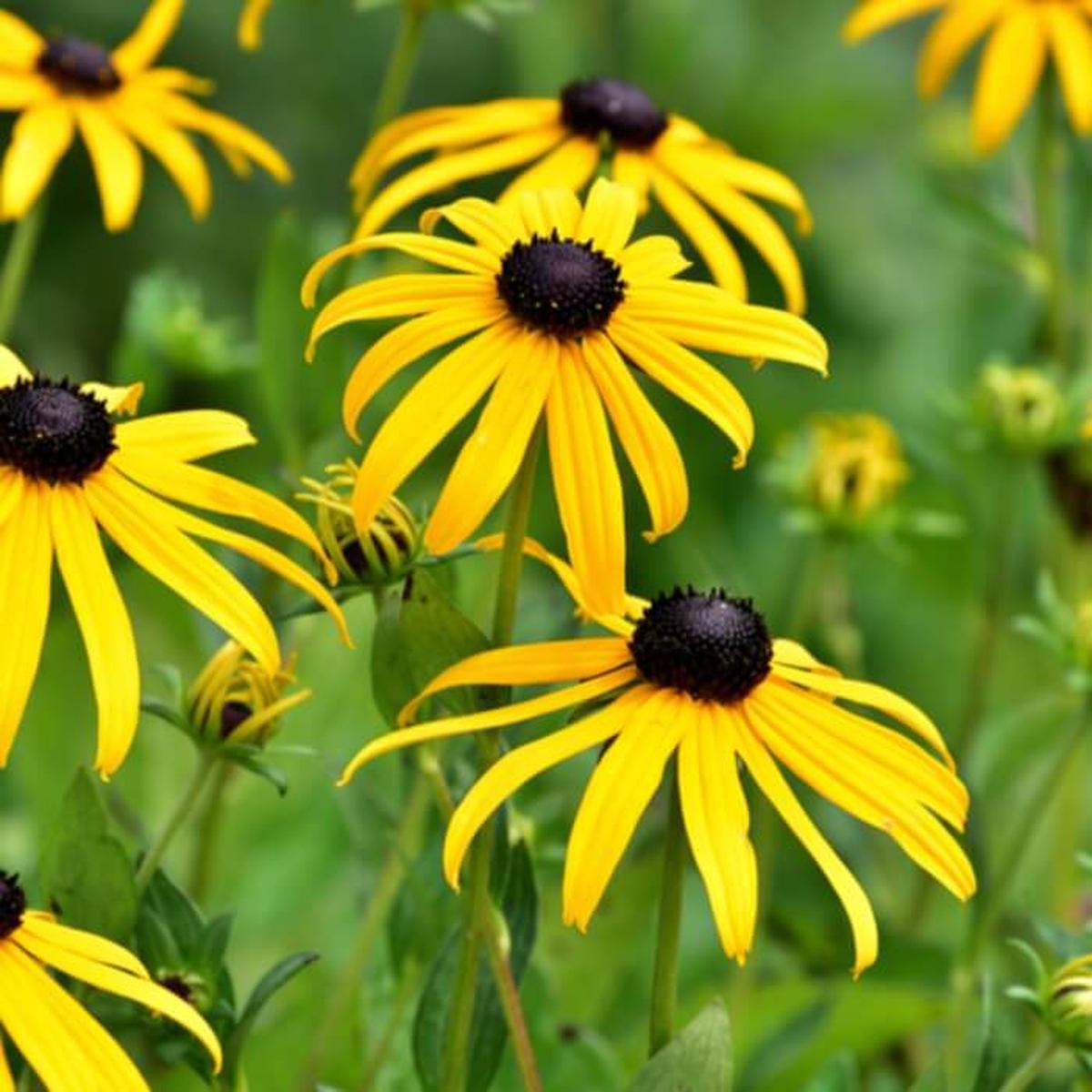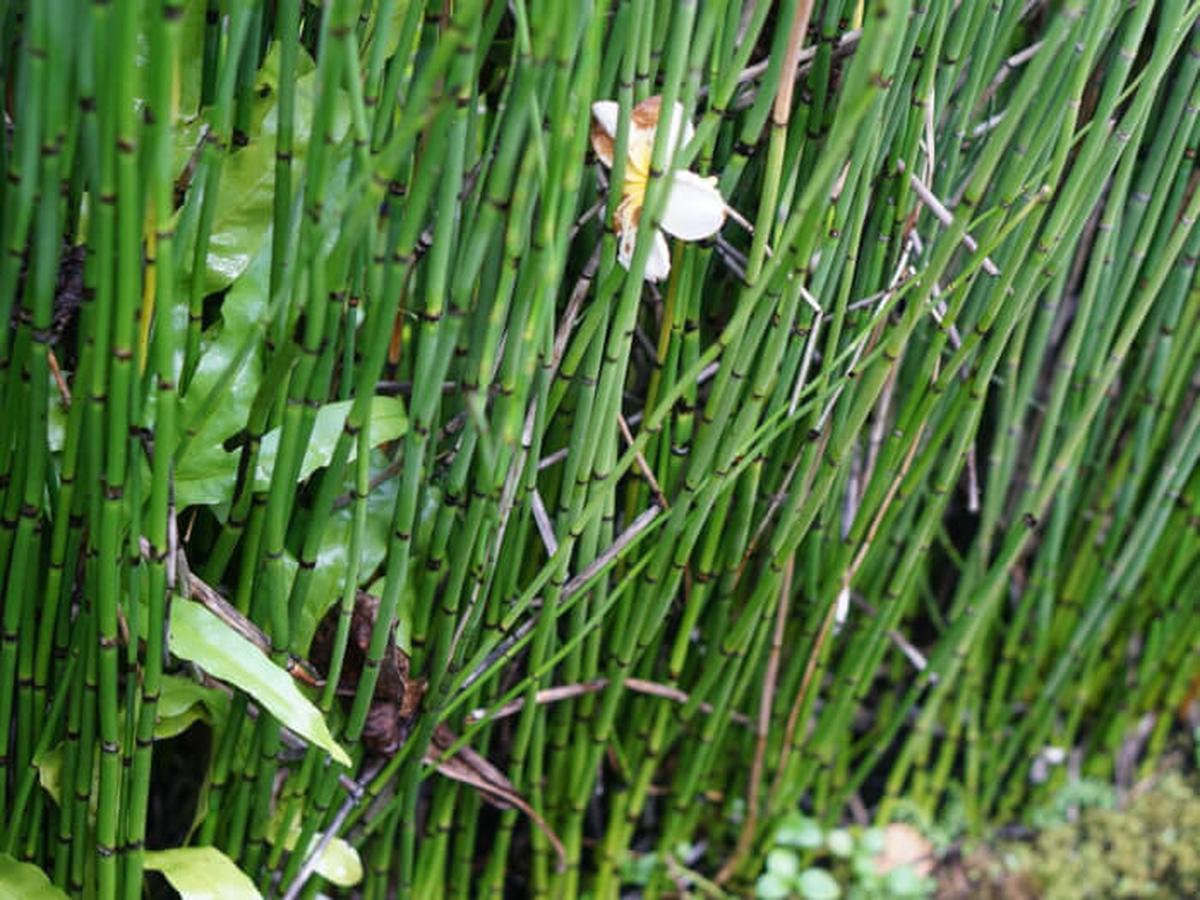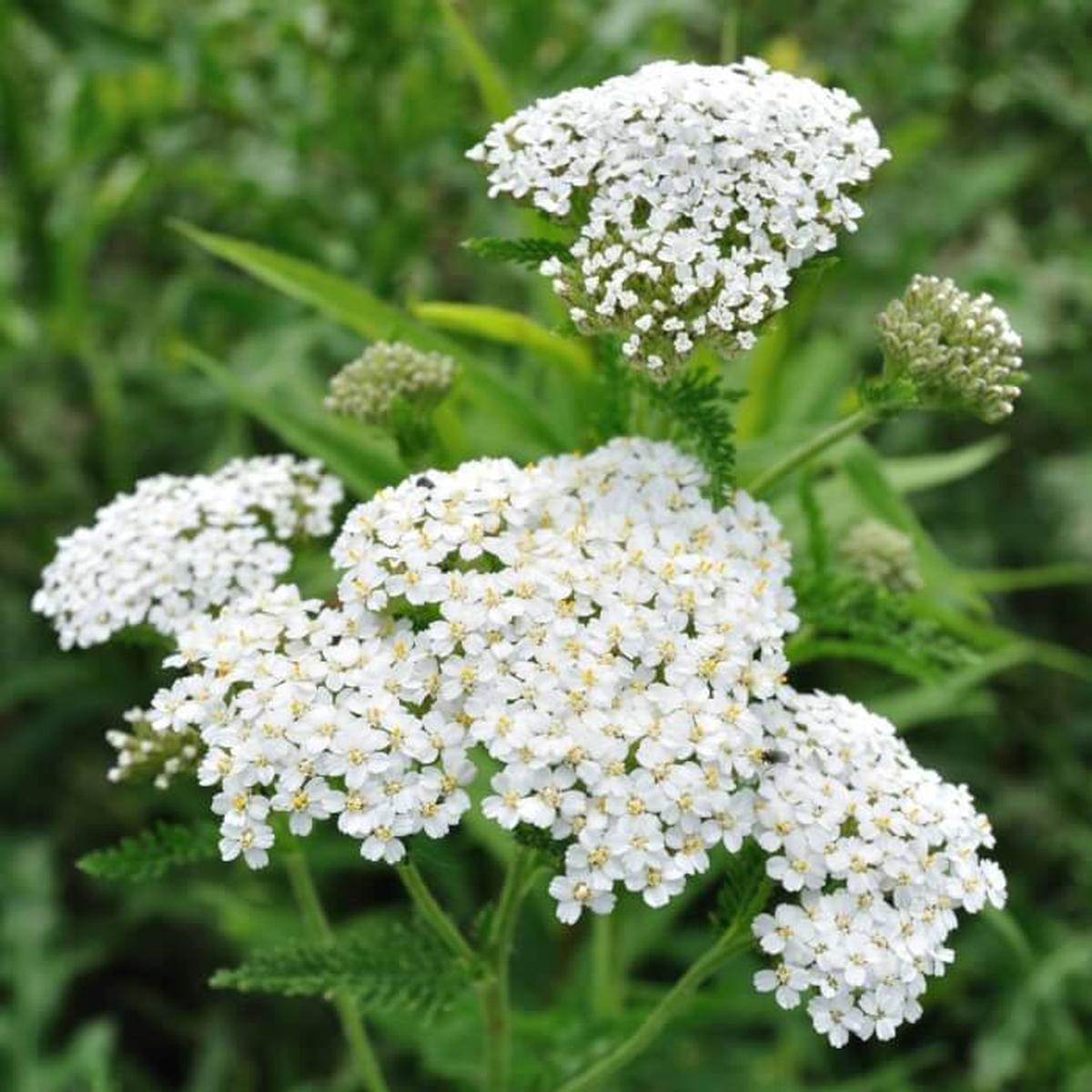13 Top Plants to Naturally Attract Dragonflies to Your Garden
Plants that attract dragonflies and repel mosquitoes are a wonderful addition to any garden, creating a balance of beauty and function. Each plant selection offers natural pest control, promoting a more comfortable outdoor environment.
Dragonflies are drawn to these plants, adding a lively touch as they flutter around. Meanwhile, natural mosquito-repelling qualities make these plants ideal for outdoor gatherings.
These choices bring elegance to landscapes, supporting both eco-friendly pest management and visual appeal. Here are the 13 best plants that attract dragonflies and repel mosquitoes:
Giant Coneflower
The giant coneflower is a stunning addition to any garden, boasting blooms that can expand up to six inches in diameter.
Thriving in sunny locations, this plant not only adds a striking visual element but also attracts dragonflies, which help keep pesky mosquitoes at bay.
Its vibrant presence transforms your outdoor space into an inviting haven for nature enthusiasts and gardeners alike.
With its easy-care requirements and ability to draw beneficial insects, incorporating the giant coneflower enhances both beauty and ecology in your yard.
Joe-Pye Weed
Joe-Pye weed stands out as a stunning addition to any garden, attracting numerous dragonflies that dance around its blooms. Mid-summer brings forth striking clusters of light-purple flowers that brighten up your outdoor space.
This flowering plant thrives in well-drained areas and requires minimal upkeep, making it an excellent choice for gardeners seeking beauty without the hassle. With its vibrant presence, you can enjoy both aesthetic appeal and nature's pollinators right in your yard.
Experience how this resilient plant enhances your landscape effortlessly while supporting local wildlife too.
Meadow Sage
Meadow sage captivates with its impressive vertical spikes adorned in vibrant purple blooms, reaching above lush green foliage. This striking plant not only enhances your garden's beauty but also attracts dragonflies that flutter around it.
Moreover, meadow sage possesses natural compounds known to deter various pests, providing an organic solution for maintaining a healthy garden ecosystem. You’ll appreciate how effortlessly this plant combines aesthetics and functionality while supporting local wildlife.
Its presence can truly elevate the charm of any outdoor space you create.
Cattail
Cattail serves as an excellent addition to any large pond, providing both visual appeal and ecological benefits. This tall plant not only enhances the natural beauty of your water's edge but also plays a crucial role in keeping mosquitoes at bay.
The lush growth offers ideal hiding spots for dragonflies, promoting their presence while contributing to pest control. You can enjoy a scenic border around your pond while fostering a balanced ecosystem right in your yard.
Planting cattails enriches the habitat and creates an inviting environment for various wildlife species.
Sweet Coneflower
Sweet coneflower brings a burst of color to your garden with its radiant yellow petals. The dark centers create a striking contrast, enhancing the visual appeal of any landscape.
As these flowers flourish, they draw in dragonflies, adding life and movement to your outdoor space. This delightful plant not only beautifies but also supports local wildlife by providing an inviting environment for pollinators.
Cultivating sweet coneflower can truly transform your garden into a vibrant ecosystem filled with activity and charm.
Borage
Borage stands out with its striking blue blooms that draw in dragonflies. These flowers, adorned with pointed petals, create a visual delight while the stems feature a soft, feathery texture that fascinates these insects.
Beyond its ornamental value, you can incorporate borage leaves into your summer recipes for added flavor and freshness. This herb not only beautifies gardens but also enhances culinary creations effortlessly.
With such unique characteristics, it truly deserves a spot in any garden enthusiast's collection.
Water Lily
Water lilies captivate with their striking flowers, showcasing layers of thick petals that gracefully rest atop expansive, circular leaves. These enchanting aquatic plants play a vital role in their ecosystem as dragonflies often choose them for laying eggs.
Their presence adds not only beauty to the water's surface but also provides essential habitats for various wildlife. You can appreciate how they create a serene atmosphere while contributing significantly to pond life.
I find it fascinating how such an exquisite plant supports both aesthetics and biodiversity effortlessly.
Swamp Milkweed
Swamp milkweed thrives beautifully in gardens, reaching impressive widths of about 3 feet within a single growing season. Its large clusters of soft blooms draw in dragonflies while also enticing butterflies to grace your outdoor space.
This plant not only enhances the natural beauty around you but plays an essential role in supporting local wildlife. By incorporating swamp milkweed into your landscape, you're creating a vibrant habitat that benefits both pollinators and gardeners alike.
Witnessing these creatures flourish adds joy to any garden experience.
Arrowhead
Arrowhead plants thrive in water, establishing roots beneath the surface of ponds or pools. Above this aquatic foundation, their striking stems and leaves rise gracefully, offering a resting spot for dragonflies.
Each spring brings an enchanting display as delicate white flowers bloom, infusing vibrancy into your garden landscape. Those large arrow-shaped leaves not only enhance visual appeal but also contribute to the ecosystem by attracting various wildlife.
Incorporating arrowhead can turn any outdoor space into a lively retreat while promoting biodiversity effortlessly.
Wild Celery
Wild celery serves as an essential habitat for dragonflies, providing ample long and slender leaves. These plants offer numerous spots where dragonflies can deposit their eggs and care for the next generation.
The structure of wild celery contributes significantly to the ecosystem, fostering a safe environment that supports these fascinating insects throughout their life cycle. Protecting such habitats is crucial not only for dragonfly populations but also for maintaining biodiversity in our natural surroundings.
Understanding this relationship highlights the importance of preserving native vegetation like wild celery in wetlands and waterways.
Black-Eyed Susan
Black-eyed susan is a remarkable addition to any garden, drawing in dragonflies with its vibrant blooms and lush greenery. These beautiful flowers not only enhance the visual appeal of your outdoor space but also create an ideal environment for dragonflies to lay their eggs among the leaves.
As these nymphs mature into adults, they contribute significantly to the ecosystem by controlling pest populations. You’ll find that this plant brings dynamic energy and life into your landscape while supporting local wildlife.
Observing nature’s cycle unfold right in your yard can be truly rewarding.
Water Horsetail
Water horsetail boasts slender, towering stems reminiscent of tiny bamboo. This plant serves as an excellent habitat for dragonflies seeking a place to lay their eggs.
Its unique structure not only adds vertical interest to your garden but also fosters biodiversity by inviting these beautiful insects. Creating a serene ecosystem becomes effortless with the presence of water horsetail, enriching both your landscape and local wildlife interactions.
By integrating this remarkable species into your outdoor space, you support nature while enjoying its aesthetic appeal.
Yarrow
Yarrow adds a burst of color to your garden while attracting delightful dragonflies. This resilient flower thrives effortlessly, making it an excellent option for those looking to grow from seeds.
Summer brings forth its stunning pink hues, rewarding gardeners with vibrant displays. Low-maintenance yet visually appealing, yarrow enhances any outdoor space beautifully.
Consider incorporating this hardy plant into your gardening routine for a touch of natural charm.

